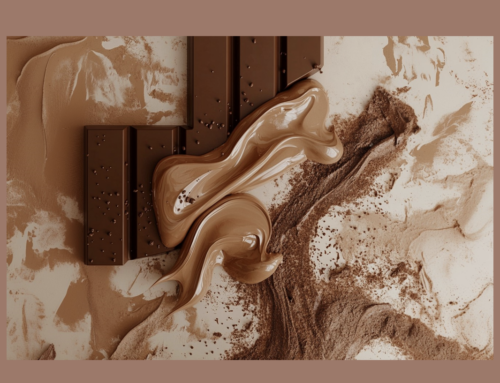June 1, 2012
Contrary to what most people think, color is not actually the inherent property of an object. A leaf of spinach is not actually green, nor is a strawberry red. Instead, its color is dependent upon the absorption and reflection of light waves. As a result, color is the property of light that depends of wavelength.
When the light waves reach an object, some of the light is absorbed and some is reflected. Only the reflected light is seen by the eye. A spinach leaf appears green because it reflects only the waves producing the green light. The same holds true for the red strawberry or any other colored object.
They eye and the associated nerves register the reflected color on the retina, a light-sensitive membrane in the back of the eye containing rods and cones. The rods and cones define the color and the shape of the object by transforming the radiant energy into chemical energy, sending impulses to the optic nerve. The optic nerve registers the message and sends it to the control center-the brain. After this entire and rather complicated process, we become aware of the color of any given object.
That explains the physical phenomenon. However, color perception goes beyond the physical effects and ultimately includes the emotional impact upon the viewer. The psychological significance that is based on the viewer’s previous experiences, color associations, cultural conditioning, societal influences, frame of mind, and personality all play into the final interpretation. It is truly a fascinating pathway to the ultimate perception of color.
[youtube http://www.youtube.com/watch?v=7MRhlKhjPWI&w=480&h=360]
Here is a link to the full article about color perceptions and how it is effected by language.
How language affects color perception – Boing Boing.
For more color answers read my book The Color Answer Book.







